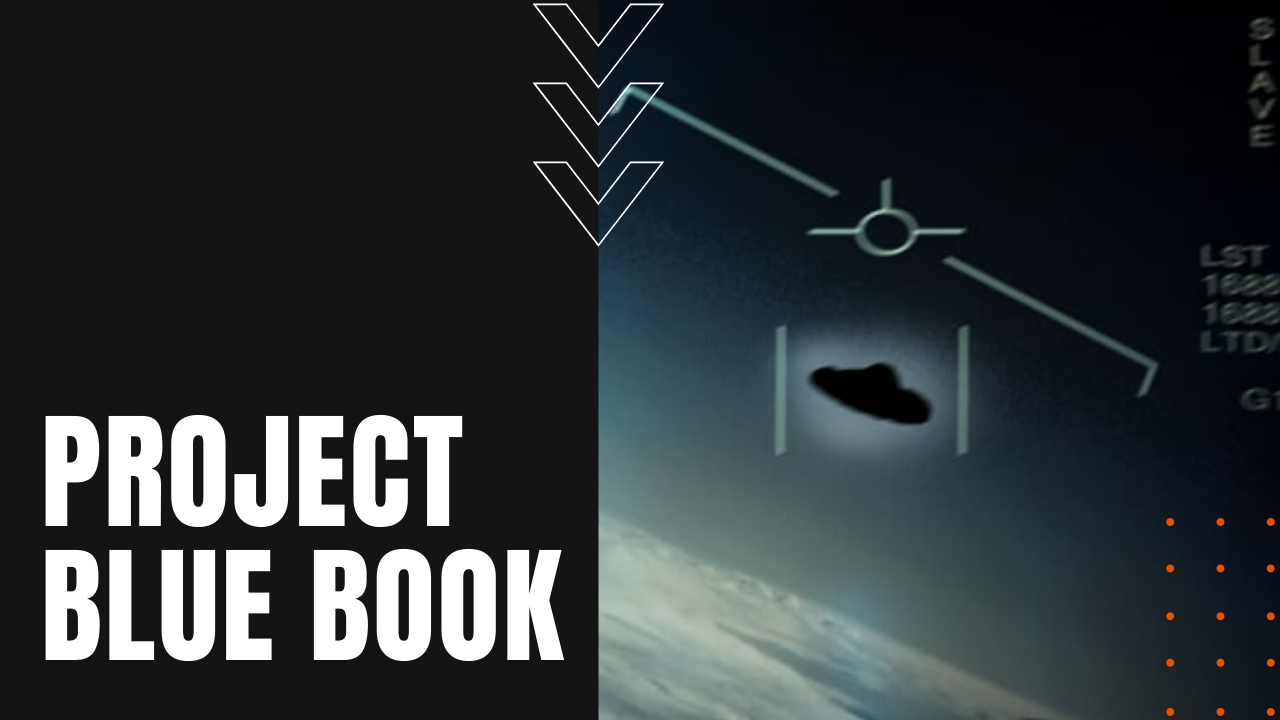Project Blue Book

Beginning in March of 1952, the U.S. Air Force had amassed so many reports of unidentified flying objects that they created a secret program to examine these reports in an investigation code-named Project Blue Book. Initially directed by Captain Edward J. Ruppelt, Project Blue Book would be headquartered at Wright-Patterson Air Force Base in Ohio, following two previous investigations known as Project Sign and Project Grudge, both from the late 1940s.
What is Project Blue Book?
Project Blue Book’s primary goal was to determine if UFOs posed any national security threat, as well as to analyze UFO-related data to prove or disprove the existence of extraterrestrials.
Thousands of UFO reports and associated visual evidence were collected and analyzed, until the federal government released the Condon Report in 1969, which concluded that the study of UFOs was unlikely to yield any major scientific discoveries, and after the report was reviewed by the National Academy of Sciences, Project Blue Book was summarily shelved, leading the U.S. Air Force to issue a further statement that no UFOs reported, investigated or evaluated posed any legitimate threat to national security, while no evidence existed in any of the reported UFO encounters representing technological developments or principles beyond the scope of modern scientific knowledge or state-of-the-art avionics, which thereby precluded the existence of extraterrestrial visitations from other planets.
How Many UFO Sightings are Explainable?
By the time Project Blue Book had ended, the Air Force had collected 12,618 UFO reports, concluding that the vast majority were misidentifications of natural phenomena such as clouds, stars, as well as the misidentification of conventional high-speed, fixed-wing aircraft.
After the Condon Report was released, the National Reconnaissance Office begrudgingly admitted that some of the UFO reports could be attributed to formerly secret reconnaissance missions flown by U-2 and A-12 high-altitude spy planes, while 701 reports—despite intensive study and strident analysis—were classified as unexplainable.
Thanks to the Freedom of Information Act, the reports compiled by Project Blue Book can now be reviewed by the general public, minus the redaction of all eyewitness names for purposes of anonymity. Despite the project’s lack of extraterrestrial evidence, over the years since Project Blue Book’s conclusion, Blue Book has sparked the imaginations of fiction writers and television producers, resulting in shows like Project UFO, Twin Peaks, Galactica and 2019’s Project Blue Book, making UFOs an ongoing and quite irresistible topic for curious minds everywhere.
